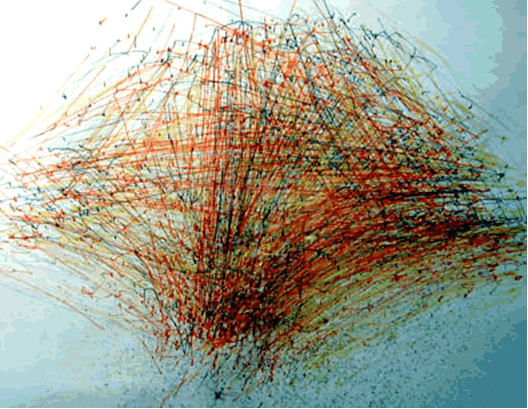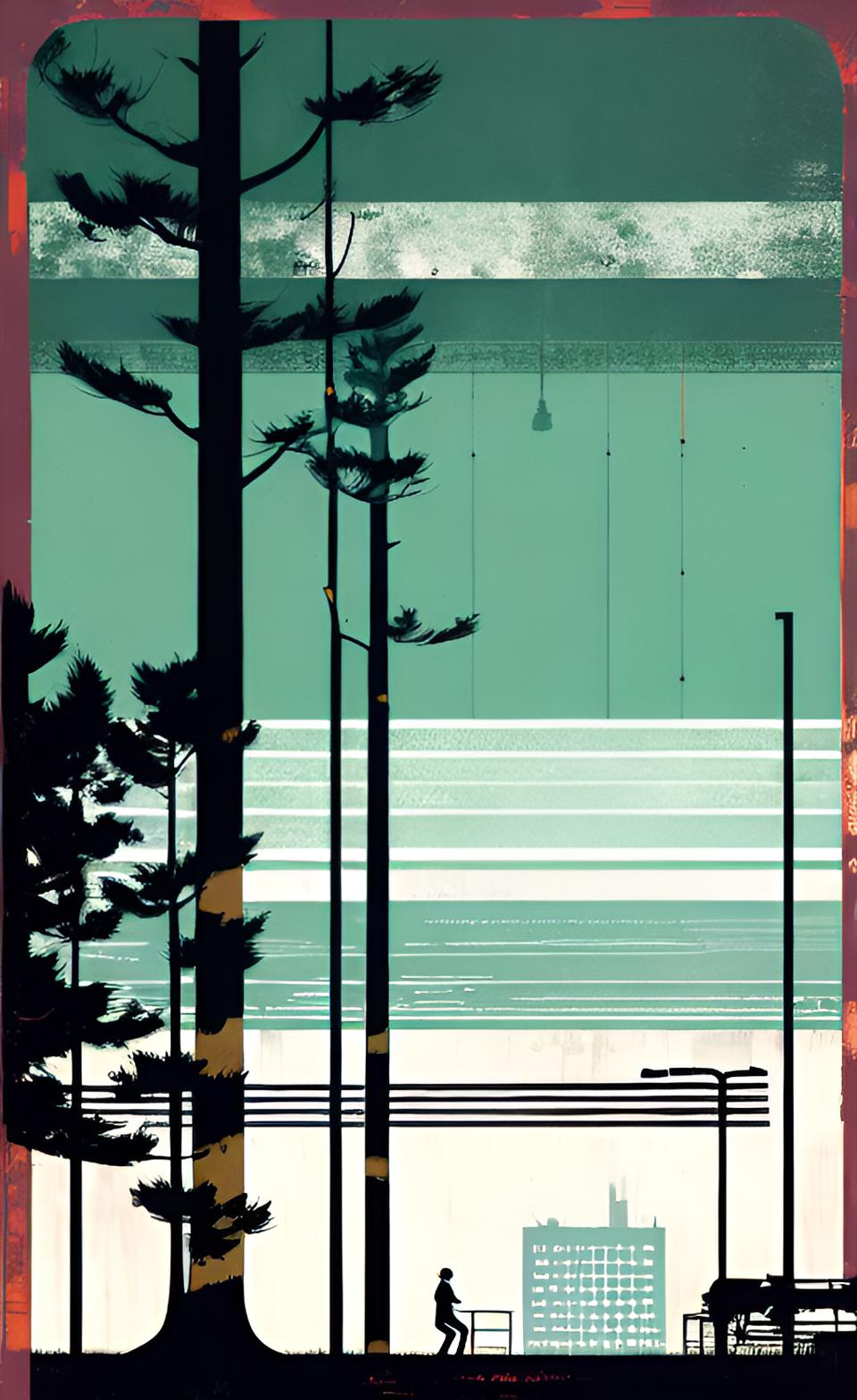Rhizome Radar
by Peter Nowicki
(Charlestown, MA USA)
This is good technology but it is expensive to build and maintain, and if it goes down then the service goes down.
Better to scale down the technology and scale up the number of components (participants). This is similar in concept to what flickr did to online images--by having the masses contribute in small amounts, you end up with the same net result, but with more reliability and flexibility in the system as a whole.
Here's how it would work:
Pay participants around the area a small fee to install a microwave camera on their roof. This mini-camera will have built-in GPS and take pictures every X minutes. It will be hooked up to the participants' internet connection through their computer (which they should leave on) and feed the data back to the weather station, which will create a composite picture of the area's weather in real time by pasting together thousands of small images and stitching them together based on their geogrpahic location (from the GPS).
Barry's Response - Peter, what's Rhizome? The organization aims to integrate art and technology while providing a way to communicate new ideas. Also, they promote and expose artistic work and encourage participants to innovate. Art serves many fundamental purposes anyway, but it's probably a good idea to involve many artists and perspectives in the creation of new extensive works.
Rhizome supports the creation, presentation, and preservation of digital art and culture. New York-based company founded in 1996.
As for the Rhizome radar concept, it's an interesting idea, and it might work in some situations. Several technologies use the idea of distributing technology across multiple participants to improve reliability and flexibility, like distributed computing and peer-to-peer networks.
This approach has some potential challenges when it comes to weather monitoring. Participants could mess up the data if they don't maintain their equipment or if their location isn't ideal for capturing accurate weather data. Besides that, there may be issues with consistency of data and the overall quality of the weather station's composite picture.
Is it possible to create a massive work of art by pooling weather observations? What's the problem?
Search this site for more information now.
Radar technology can be used in many ways to detect weather.
We're trying to address some of the limitations and challenges of traditional radar systems, like cost, maintenance, and reliability.
An innovative idea is to make weather monitoring more distributed and crowd-sourced. Rather than relying on one expensive radar system, the proposal involves a lot of people, each contributing a little bit. By letting users contribute small amounts of content, platforms like Flickr revolutionized online image sharing.
Here's how it could be implemented:
- Local participants would be offered a small fee to install a microwave camera on their rooftops.
- The mini-cameras would have GPS and be programmed to take pictures of the sky at regular intervals (X minutes).
- Cameras would be connected to participants' internet connections via their computers, which would have to stay on. A central weather station would then receive the collected images.
- Data Compilation: The weather station would get images from thousands of these cameras. The weather station composites and stitches together the GPS data from each image to create a real-time panoramic picture of the weather.
Through aggregating data from multiple distributed sources, a comprehensive and up-to-date picture of the local weather can be obtained. Traditional radar systems face some challenges, but this approach would offer more flexibility and reliability.
The idea is to leverage collective participation to make weather monitoring more cost-effective, resilient, and adaptable.
Something to think about.
Comments for Rhizome Radar
|
||
|
||
|
||
|
||
|
||
|
||
|
Click here to add your own comments Join in and write your own page! It's easy to do. How? Simply click here to return to Hi-Tech Idea. |
Do you have concerns about air pollution in your area??
Perhaps modelling air pollution will provide the answers to your question.
That is what I do on a full-time basis. Find out if it is necessary for your project.
Have your Say...
on the StuffintheAir facebook page
Other topics listed in these guides:
The Stuff in the Air Site Map
And,
Thank you to my research and writing assistants, ChatGPT and WordTune, as well as Wombo and others for the images.
GPT-4, OpenAI's large-scale language generation model, helped generate this text. As soon as draft language is generated, the author reviews, edits, and revises it to their own liking and is responsible for the content.





